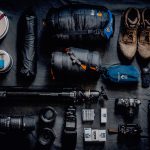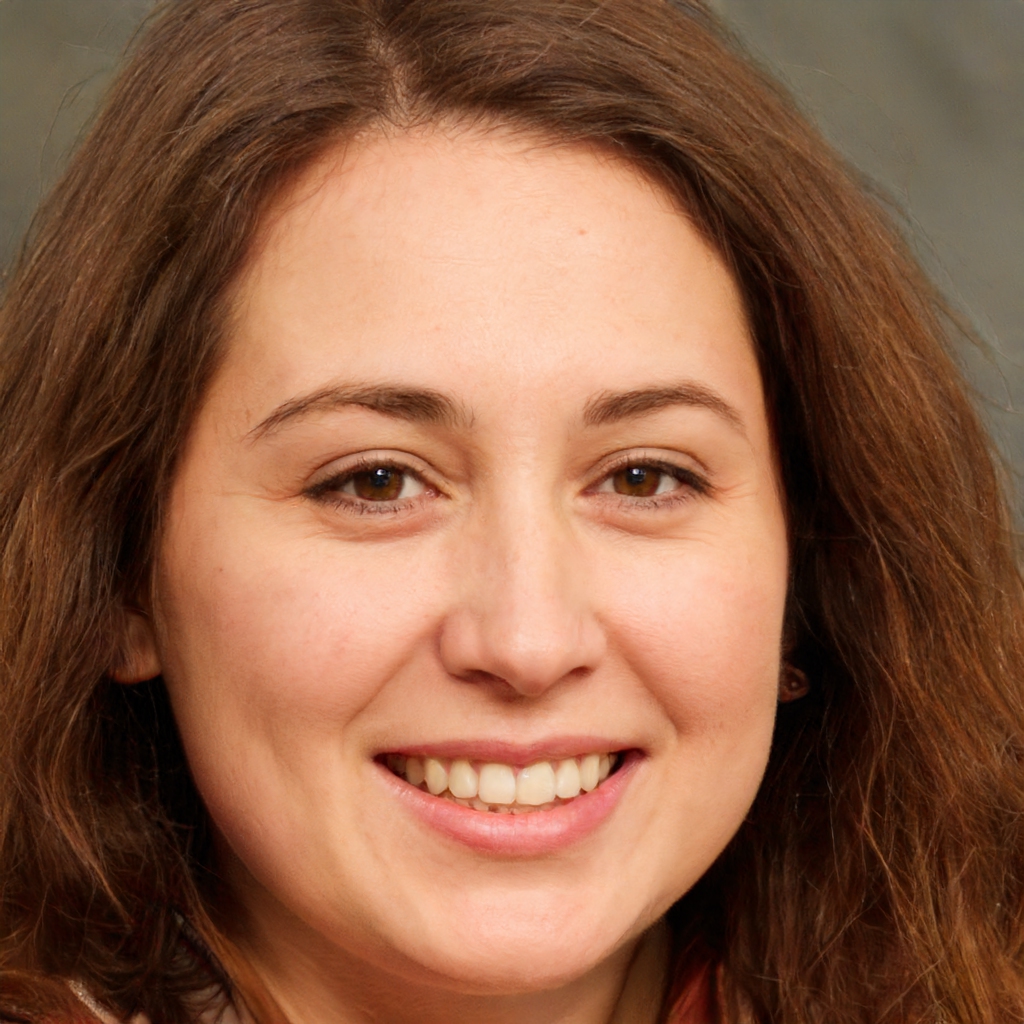Artist and activist Luis Manuel Otero Alcántara was on day eight of a hunger strike protesting what he said was a campaign of Cuban authorities harassment against him when,before sunrise, health officials hauled him into a government hospital.His fellow dissidents state Otero Alcántara was shot for treatment contrary to his will and thatthey haven’t heard from him,other than through videos released by Cuba’s state-run media.
Cuban health officials said, if he was confessed, Otero Alcántara didn’t seem to have been deprived of food or water and on Tuesday said he’s eating and drinking, raising the question of why he remains hospitalized and incommunicado.In one of those movies which premiered, Otero Alcántara seems in good health, joking with a hospital administrator whilst affirming”that I am likely to keep demanding my rights as an artist”Cuban health officials state Otero Alcántara is stillundergoing testing and has been treated voluntarily.
While the Cuban government grapples with the economic impacts of this coronavirus and rougher US sanctions, Otero Alcántara and his little set of tech-savvy”artivists” are a source of frustration for officials on the communist-run island.In tweets and movies uploaded into social media, Otero Alcántara and other members of his San Isidro Movement have recorded their effort in real time against official censorship and the Cuban authorities and safety officials which frequently shadow their every movement.”We are linked,” is a regular refrain and hashtag in his messages, a reference to the recent advent of mobile to the country, which has enabled many Cubans to circumvent state-run press and speak directly with the rest of the planet and their fellow Cubans.
Some Cuban officials assert thatthe self-taught Otero Alcántara is not actually an artist, which speaks to his assertion that government bureaucrats shouldn’t determine what qualifies as art on the island.At times Otero Alcántara has threatened to push a wedge between the authorities and Cuban musicians, that lately have enjoyed a unique status that enabled them to criticize the authorities, albeit indirectly, and legally earn hard currency by selling their work to tourists and consumers overseas.
In November, authorities arrested Otero Alcántara and fans during a hunger strike, alleging they had violated health restrictions put in place to stop the spread of this pandemic.Within hours, a few hundred Cuban artists and pupils staged a rare sit-in protest outside the Cuban Ministry of Culture and some of the island’s best-known cultural figures voiced their support for Otero Alcántara and increased freedom of expression.
Cuban officials immediately released Otero Alcántara and claimed he was a part of a US”soft coup” from the island.”The show is very like those staged on other events by other mercenary groups and puppets in the support of the U.S. government,” an article stated in the Cuban communist party newspaper Granma roughly Otero Alcántara days following the protest. “The new show, orchestrated from Washington and Miami, is a part of strategies for subversion against Cuba. “But Otero Alcántara, an Afro-Cuban millennial who lives in a downtrodden area of Old Havana that tourists rarely venture into, doesn’t fit the traditional image of an anti-Castro militant fighting to return the island to the times prior to the revolution. And he’s particularly adept at leveraging the obstacles Cuban officials throw athim as a form of performance art that creates more attention for his movement.
While his activism, up to now, does not seem to be an existential threat to the Cuban authorities, it has proved unnerving to officials.Otero Alcántara appeared in a music video for its song”Patria y Vida” or”Fatherland and Life,” a play on the revolutionary motto”Fatherland or Death,” that is the way Fidel Castro finished his speeches. The video for the song, which has become an anthem for anti-government immunity, has received five million viewpoints on YouTube.In April, when police surrounded his home, he put on an exhibition where he sat controlled with a garotte about his neck.
Following he accused State Security agents of seizing his artwork, Otero Alcántara demanded $500,000 in settlement and said he was, again, going on a hunger strike.”I shall fight to the last breath for my artistic freedom,” he wrote in a popular message. “If my body dies, I hope it will be a spark for the liberty of Cuba.”When Otero Alcántara was carried to the hospital in May, physicians released a statement saying the activist”showed no signs of adultery,” trying to throw doubt on his hunger strike, but said he’d stay”under observation. “Cuban state-run media have published regular updates on Otero Alcántara, a rare acknowledgement of anti-government dissent. But save one video where he briefly speaks, he has not been heard from and his fans say they’ve been obstructed by police from seeing him in person.
As Cuban officials attempt to adapt into Otero Alcántara’s new brand of activism, the government runs the risk of threatening potentially improved connections with the Biden government, which so far is moving slowly on participating with the island.”Like all Cubans, Luis Manuel Otero Alcántara deserves to be treated with dignity and respect,” the US Embassy in Havana posted on Twitter. “We’ve seen reports that he’s in hospital and thathis state is steady. We urge the authorities to safeguard his well-being in this challenging moment.”Some Cuban artists assert that if greater liberty of expression were permitted, the tension with the musicians and state would ease. “Authorized protests. Democratic socialism. Along with the authorities protecting those who exercise their faith,” he continued.
But top Cuban officials warn thata harsher crackdown may be on the horizon.”To the mercenary lumpen who make money from everyone’s destiny, to those who ask for an invasion, to those who continuously violate words and deeds,” Cuban President Miguel Diaz-Canel said in a televised address in April while accepting the strong post of head of the Cuban communist party,”understand that the patience of these people has limits”





